Usability courses
Disability courses
About this course
In this half-day course, you will learn about…
- Literacy in Australia
- How people read
- Discovery research for content
- Accessible content
- Highly readable documents
- How machines read
- APS standards
- User research: usability and readability
APS participants will also learn about the APS Style Manual and how content design fits in the Digital Service Standard.
This course is for people who:
-
- Write content for digital services
- Write content for stakeholders within their organisation
- Need to assess the quality of content
- Want to build content capacity in their team
The online version of this course uses a combination of:
-
- small group discussions (breakouts)
- collaboration tools (such as whiteboards and polls)
- lecture content (with slides)
- video content
This course has been developed with accessibility in mind.
Find out more about how Great Question courses are taught online
The in-person version of this course uses a combination of:
-
- small group discussions
- collaboration tools (for example: pen and paper, sticky notes)
- lecture content (with slides)
- video content
The in-person version of this course has been developed with accessibility in mind.
This course was designed with the needs of the APS (Australian Public Service) in mind.
It is informed by:
Learning outcomes from the APS learning design standards for digital can be found at the bottom of this page.
What you’ll learn
Key learning outcomes
At the end of this course, you will be able to:
- Describe the PIACC literacy levels
- Describe population-wide literacy levels among Australian adults
- Describe barriers to literacy (such as brain injury and limited English)
- Explain the benefits of simple English for high literacy readers
- Explain some risks associated with poor content design
- Understand how eyes move when reading
- Describe common reading patterns
- Understand how culture can influence content design
- Describe the hierarchies of importance that English speakers apply to text features
- Explain the difference between ‘discovery research’ and ‘usability research’
- Describe the features of highly readable documents
- Explain the basics of font hierarchy in HTML
- Name standards that can impact on contact design (such as WCAG 2.1)
- Explain the fundamentals of usability research for content
- Describe automated ways of testing content
APSC learning outcomes
This course aligns to learning outcomes set out in the APSC (Australian Public Service Commission) Learning Standards for Digital and the SFIA digital skills and competency framework.
Content design
1. Introduction to content design
1.1 Definition of content design: define content design
1.2 Principles of content design: identify the principles of successful content design
1.3 Role of the capability (content design) as part of the Digital Service Standard, service design and the delivery process: explain how and where content design fits into service design
2. Content design processes
2.1 User needs: identify users and their needs
2.2 Government business needs: recognise the user need that government is trying to meet through different types of content
2.3 Content research: identify examples of content research techniques
2.4 Plan content: conduct required content planning
2.5 Content creation: Apply content design principles and skills to create content
2.6 Content testing and iteration: Use the content testing, improvement and iteration cycle
2.7 Publishing and ongoing service management: Apply publishing and ongoing monitoring and evaluation as part of the content lifecycle
Accessibility and inclusion
1. Accessible and inclusive Australian Government services
1.1. Defining accessibility and inclusion: explain the importance of making Australian Government services inclusive and accessible.
2. Accessibility compliance requirements and guidelines
2.1 Mandatory requirements for accessibility: comply with accessibility legal and policy framework
2.3 Assistive technology: design for common types of assistive technologies and adaptive strategies
4. Championing accessibility within your organisation
4.1 Accessibility performance: assess, monitor, and report on the accessibility performance and capability of your organisation

